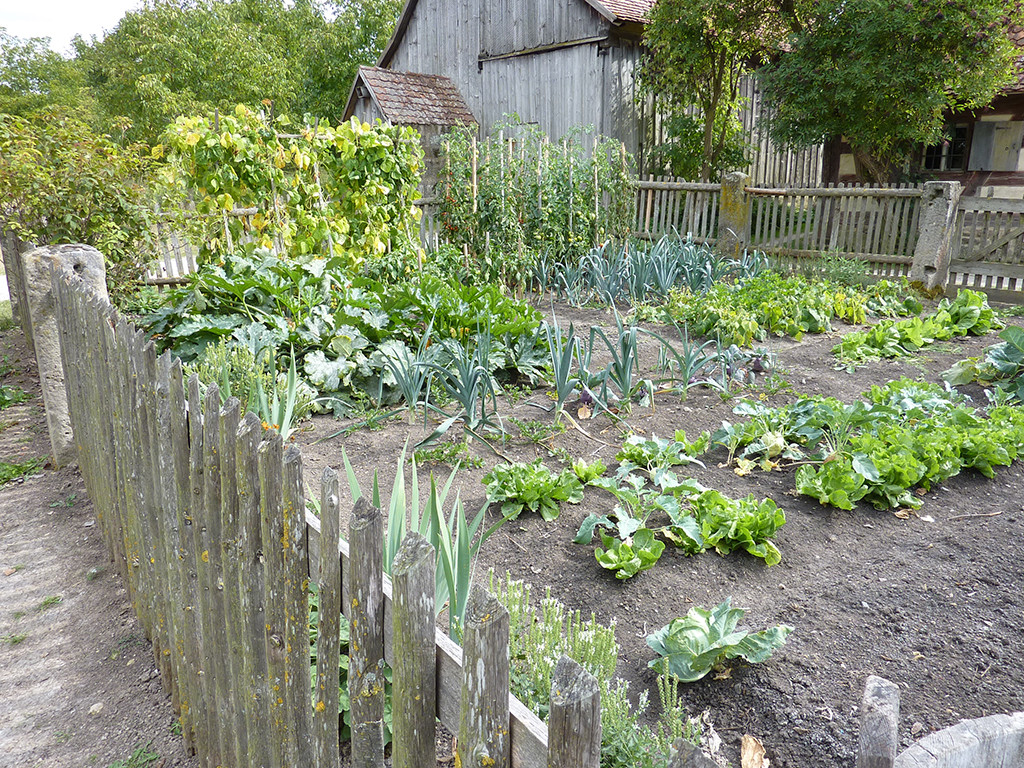Even with snow still on the ground, it’s not too early to start thinking about getting our gardens ready for spring.
As February slowly fades to March, home gardeners start eyeing seed catalogues and dreaming about spending hours tending to their plots. While we still may not be able to dig in, it’s not too early to start planning and prepping for a successful growing season. If you are planning a garden for the first time, there are some simple steps to get you started.
What are your gardening goals?
If you’re wanting to grow your own food, what are your intentions? Do you want fresh, organic leafy greens for salads, or would you prefer to have an abundant crop for canning so you can have your own produce year round? Make a list of fruits, vegetables, herbs and flowers that you most enjoy.
How much space do you have?
Once you have a list of what you want to grow, start planning out your plot. Each plant has its own space requirements, so it’s important not to crowd them. There are plenty of websites that can help you design your plot, but simple graph paper and a pencil works just as well.
What type of soil do you have?
Luckily, Iowa soil tends to be great growing soil. If you want to know the exact make-up of your soil, there are kits that you can purchase to determine pH levels and nutrient content. If you want a general overview of your soil content, you can do a mason jar test, like the one found here. The ideal mixture is 20% clay, 40% silt, and 40% sand. If your soil has too much clay, add coarse sand, compost, or peat moss. For sandy soil you should add ground bark, peat moss, sawdust, or clay-rich soil. Silty soil should have coarse sand or gravel and compost added.
How much time do you have?
While most plants are happy to grow on their own with some water and fertilizer, a successful garden does require time. Weeding, watering, and deterring pests all require time. If you find yourself short on time, consider planting a garden that doesn’t require as much commitment, such as a container or herb garden.
Where is your plot located?
A successful garden needs at least 6-8 hours of full sunlight each day. Orienting your beds north to south, with any tall crops on the north side, to ensure you make the most of the sun.
Prep your soil early, but not too early.
It’s important to warm your soil if you plan on planting from seeds. You can pin plastic over the soil to let it warm for 2-3 weeks. It’s important to wait until the soil has dried some after the snow melt. Walking over and working with wet soil will only compact it and not allow for enough space for the roots to grow. If a handful of dirt forms a ball when you squeeze it, but easily breaks if you drop it, you have the right amount of moisture.
Another thing to keep in mind if you’re starting from seed or bulb is to make sure to start plants that ripen or bloom in the summer or require a longer growing season early so you can enjoy their fruits at the peak of summer. Late winter/early spring is also a great time to tend to some tasks that don’t require digging in the soil. Fix up the trellises, clean your tools, start a composting area or install rain barrels.
Good luck, and happy digging!

